It’s International Men’s Day and to help support the wellbeing of males across our Station we are encouraging men of all ages to think about their physical health through fitness and good nutrition.

Our very own Sgt Gelder of the PEd Flight has, with the help of the eatingwell.com and bbcgoodfood.com websites highlighted the best foods for different age groups to maintain optimum health.
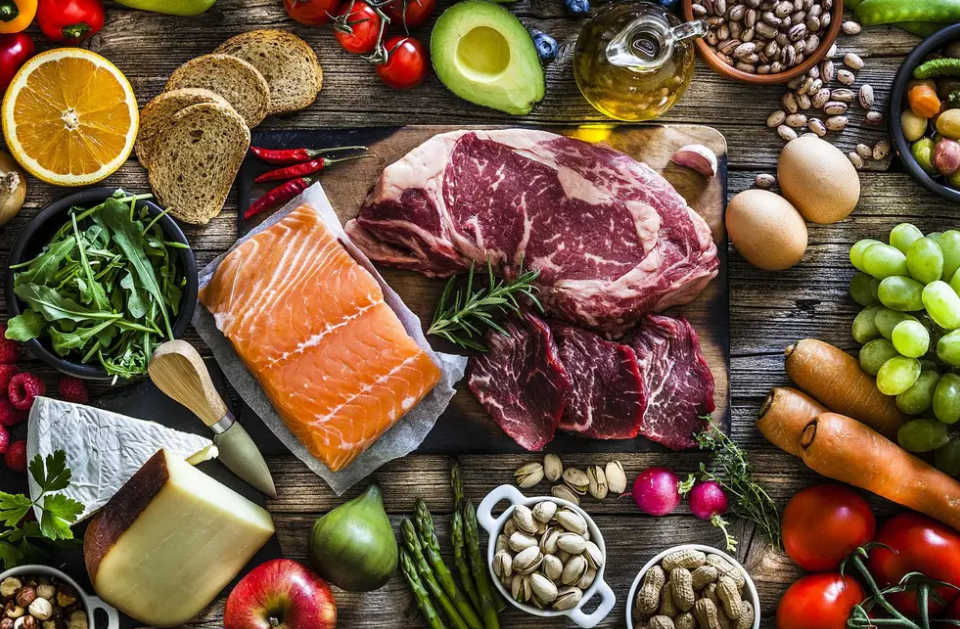
Photo courtesy of Getty Images.
Good nutrition tips for those aged 30 and over:
- More fibre - eating more fibre can reduce the risk of cardiovascular disease, stroke, type 2 diabetes and colorectal cancer. For every eight grams of fibre consumed, the risk of chronic diseases fell by 5-27%.
- More Omega-3's - Linked to both short-term health benefits such as better mood, improved cognition and reduced inflammation, as well as longer-term health benefits like reduced risk of cardiovascular disease and better brain health as you age.
- Less Alcohol - drinking alcohol can increase your risk of high blood pressure, heart disease, stroke, liver disease and cancer.
- Limit processed meats - Consuming processed meats such as bacon, sausages, and burgers may increase your risk of developing cancer. Since the 1990s, the rate of colorectal cancer—cancers of the colon and rectum—has more than doubled in young adults under the age of 50.
- More Calcium - Bone density is formed in our younger years, and by age 25-30, new bone formation is completed. Your 30s are the time to focus on preserving bone density to prevent loss— and getting enough calcium is the best way to do so.
- More plants - A plant-based diet is rich in vitamins, minerals, antioxidants, and fibre, all of which will help decrease your risk of obesity, diabetes, heart disease, inflammation and cancer.

Photo courtesy of Monash Uni.
More information at Eating Well.
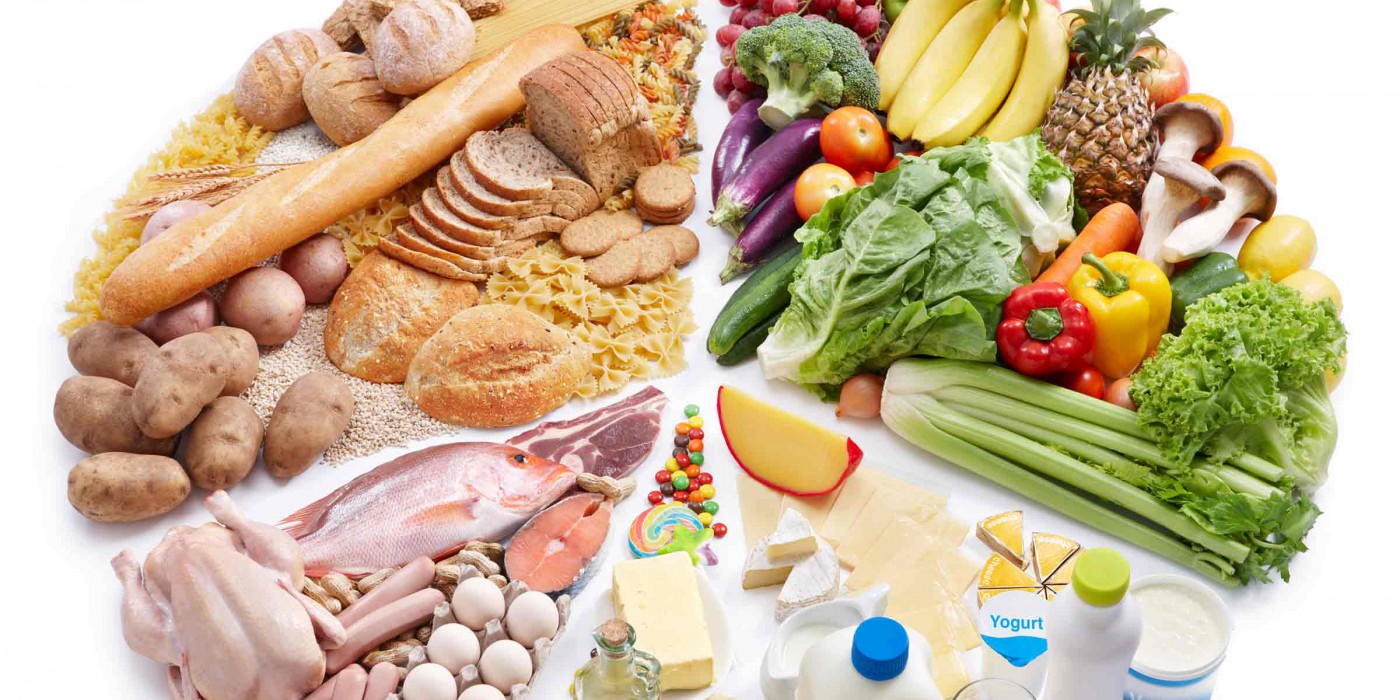
Photo courtesy of Uni of Chester
How to stay fit after 40:
After the age of 40, our metabolic rate (the speed at which the body burns calories) may start to drop. Excess weight, particularly around the ‘middle’ is a risk factor for heart disease, diabetes and osteoarthritis, and the longer you wait before you tackle it the harder it becomes, so nip any weight gain in the bud before it becomes a serious problem!
- Iron-rich food - Liver and lean red meat offer the most easily absorbed form of iron (haem iron). If you eat meat include it approximately twice a week – you don't need huge portions, 70g (cooked weight) is enough. Plant sources of iron include fortified breakfast cereals, lentils, green leafy vegetables such as chard, spinach, green beans, asparagus and broccoli.
- Fruit and vegetables - Brightly coloured fruit and vegetables are one of the best sources of antioxidant nutrients. These protective nutrients are associated with numerous health benefits including maintaining good skin.
- Protein - If you’re not eating enough protein, you may notice the condition of your hair, nails and skin suffering. Other signs might include wounds and injuries taking longer to heal; you might catch colds easily and start to notice changes in your body composition, and even your posture. Eggs, yogurt and milk, as well as whey protein powder, soya milk and tempeh, are all useful food sources.
- Fermented foods - Regularly including fermented foods, like yogurt, miso, kefir and kimchi appears to influence the bacteria in your gut, which in turn may help you manage your blood sugar levels, support heart health and potentially help with hormonal balance, too.
- Watch your alcohol intake - if you do drink alcohol, keep to guideline amounts – no more than 14 units per week. It’s a good idea to have two alcohol-free days during the week and to spread your weekly allowance evenly through the week.
More information at BBC Good Food.
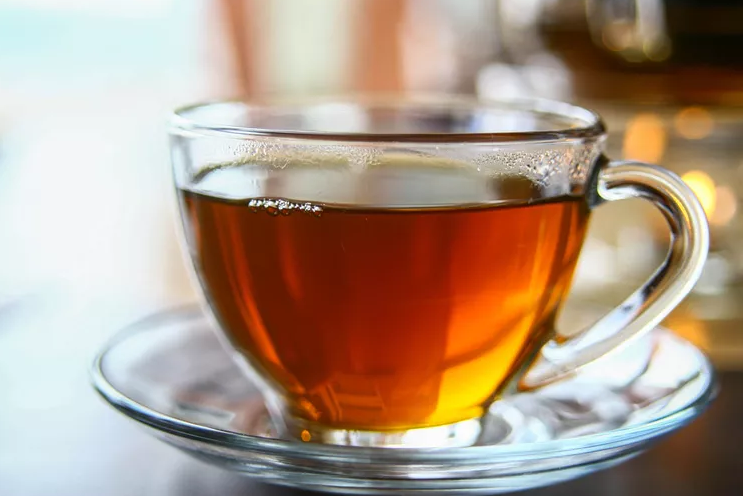
Photo courtesy of Getty Images.
What’s good to eat after 50?
More Complex Grains - Swap refined breads and pastas for complex carbohydrates and grains like brown rice, quinoa, amaranth, buckwheat, and oats. These hearty grains are great for your heart and provide sustainable energy (thanks to fibre) to power the brain and body.
- Fish - As you get older, you might be more susceptible to chronic diseases like heart disease, stroke, diabetes, Alzheimer's, dementia and more. However, you can help lower inflammation in the body by getting omega-3 fatty acids, good fats that are found in fish. Aim to eat fish 2-3 times a week to get the benefits. You can also find omega-3 fatty acids in walnuts, hemp seeds, and chia seeds.
- Low Sodium - High sodium intake can raise risk of heart disease and hypertension, so you'll want to keep levels low in the day. Sodium limits go down at 50, from 2,300 mg to 1,500 mg per day. Rinsing canned foods helps lower sodium.
- High-Protein Foods - While getting protein is important at age any, the requirements are higher for adults in their 60s and up, as their muscles need that extra boost for strength and repair after activity and can't use protein to build muscle as efficiently as they could earlier in life. Even if you're not quite 60, protein-rich foods can help you stay full, so it's not a bad idea to be in the habit of eating a little more. Go for lean choices, like steak, fish, chicken breast, and turkey and fill up on plant-based options like tofu, lentils, and quinoa.
- High-Calcium Foods - As you age, bone density lowers, so you need calcium-rich foods to build bone density to lower risk of osteoporosis, prevent fractures and injury, and keep bones strong and stable. You can also look to the Mediterranean diet, which might lower risk of osteoporosis, as well. It's packed with fish, veggies, some cheese, and grains, and it is lower in processed, high-sugar foods. Great calcium sources are milk, cheese, Greek yogurt, fortified non-dairy milks and eggs and leafy greens.
- Say Goodbye to Sugary Drinks - Say hello to water and unsweetened tea. If you need to start slow, swap one sugary drink for a water each day, working your way up to cutting sweet beverages out completely.
- Eat the Rainbow - Look for bright colours to fill your plate, as that means you're getting lots of produce, such as veggies and fruit, that are good for your body as you get older. Load your plate with greens, oranges, reds, purples, and yellows, especially, as these have antioxidants to fight aging. Think: berries, sweet potato, leafy greens, broccoli, peppers, melon, aubergine, and squash.
- Eat When Hungry - While you don't want to eat mindlessly every hour or take in large portions for each meal, you should pay attention to hunger cues and eat when you're hungry. The metabolic burn slows naturally in time, so once you're in your 50s you burn fewer calories at rest than you did when younger. Keep your metabolism running all day long by fuelling it every three or so hours.
- Whole Foods - In general, aim to eat whole foods, which are fresh or frozen, such as fruit and veggies, lean proteins, fish, and whole grains, to stay in optimal health. Processed foods are often high in sodium, sugars, and excess calories, so you'll want to keep intake low.
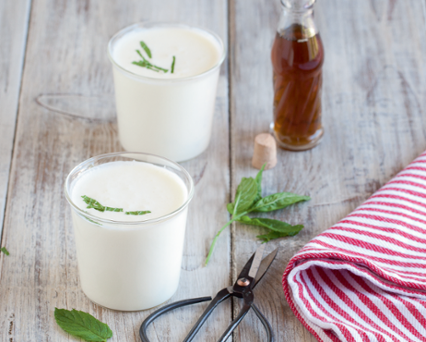
Photo courtesy of Tefal.
More information at Eating Well.
Exercise through different age groups.
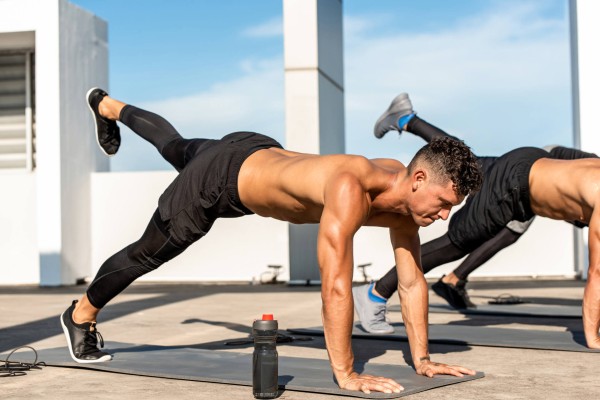
Image courtesy of Supznutrition
How to exercise in your 30's:
- Do more HIIT. High-intensity interval training is one of the best workout solutions when you're short on time. For example, Tabata intervals: Alternate 20 seconds of intense work (squats, press ups, burpees, mountain climbers, or lunges) with 10 seconds of rest. Aim for 8 rounds total, and in just 4 minutes you'll complete a workout that'll blast calories and boost your cardiovascular health.
- Follow a plan. Family and work are less likely to derail you when you have it written down. It will also mean you know what you're doing each day.
- Get less competitive. Your risk of injury is higher when you're in your 30's—particularly if you've scaled back on the consistency and intensity of your exercise habits.
- Build in more recovery. Gone—or at least going—are the days when it was easy to bounce back. Try planning yoga, foam rolling, or some other form of active recovery like walking at least 1 or 2 days a week.
- Lift more weights. The average person loses about 1% of muscle mass each year starting in their early 30s. To stave off this natural process get serious about weight training, which will lead to healthier bones and stronger muscles.
- Work on your Range Of Motion. You might squat to a low bench that takes you deeper than your usual squat, or try taking your push-ups all the way to the floor, or widen the grip on your lateral pull-downs. Doing this helps you recruit more muscle fibres and build stronger, more metabolically active muscles.
More information is at Prevention.
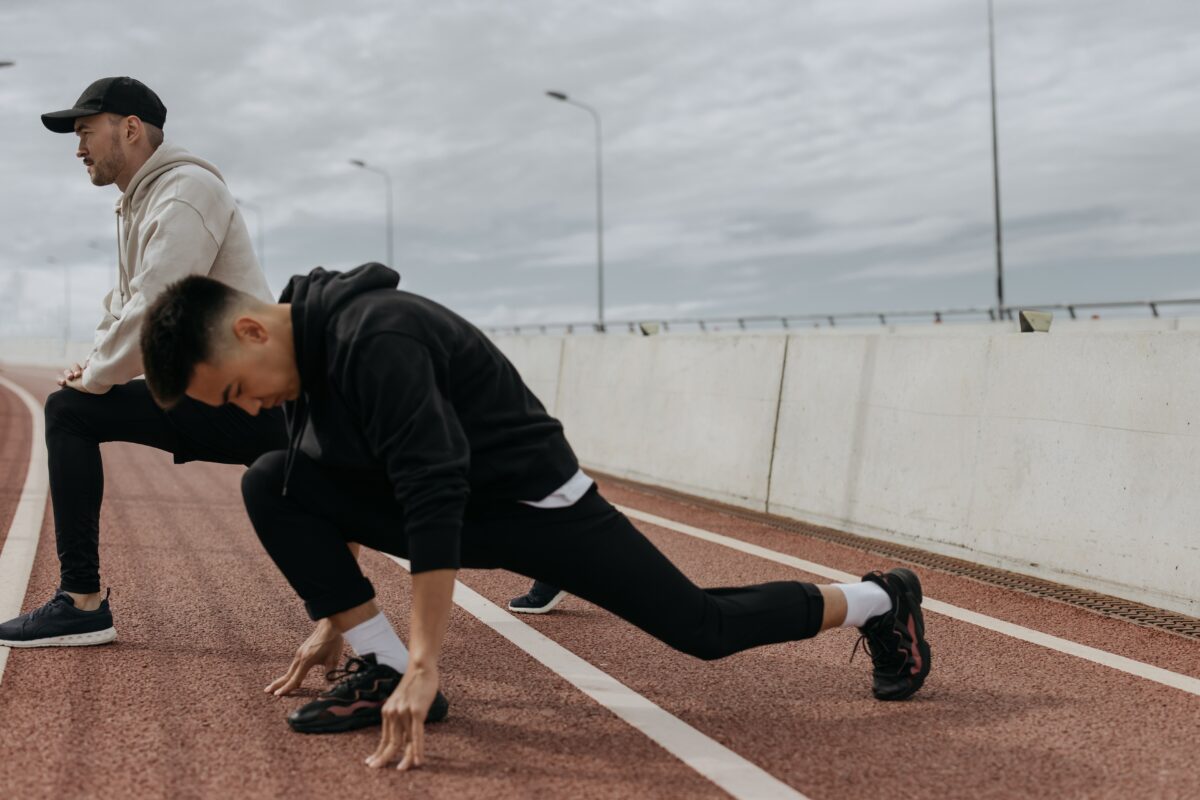
Image courtesy of Pjuractive.
Keeping fit in your 40's:
- Always Warm Up. Warming up at any age before training is extremely important, but if you’re over 40, it becomes more important than ever. As you grow older, you’ll find that your body is more susceptible to injury and that your muscle fibres may not be as strong as they once were. To help avoid injury and any form of discomfort, make sure you warm up extensively before you begin working out. Perform stretches, get the blood flowing and your core temperature up with slow cardio, and always begin with light sets before you jump into working sets.
- Use more machines. When lifting, whether you’re trying to build muscle, tone up, burn fat, or increase your strength, as you grow older, you should ideally try to use more machines. Younger lifters can get away with performing more heavy compound lifts using free weights, but as you grow older, this isn’t always as practical. With free weight compound exercises, more stabiliser muscles are recruited and they will naturally have weakened with time. This, in turn, can mean that your tendons and ligaments will be more vulnerable. Using machines and performing isolation exercises will reduce this risk. Of course, free weights can still be used, and should still be used, but try not to base your entire workouts around free weights.
- Form Must Be Perfect. Your joints, tendons and muscles will now all be naturally more susceptible to injury due to your age, so you must ensure your form and posture is perfect with every exercise you perform. If your form is jeopardised, reduce the weight and try again.
- Get More Rest. Ideally, you will want to be training no more than five days per week, though four, or even three, will still be hugely beneficial, and you must also be getting enough sleep each night, as that is when your muscles recover and rebuild themselves.
- Reduce The Weight. Lifting heavy weights does your joints no good at all, so as you become older, your training should be adapted so that you are placing less stress on the joints. This means reducing the amount of weight you are training with. The easiest way of making this transition is to simply lift slightly lighter weights and to perform more reps and perhaps more sets. You will still build muscle and burn calories, it just means you will do so slightly differently.
- Don't Forget Cardio. For the over forties, cardio is more important than ever. To begin with, once you hit 40 your metabolism will have slowed down, so it will be easier to gain weight, and harder to lose it, so you will need to work harder to keep your body fat under control. On top of that, however, cardio is important because it looks after your heart and helps keep it, and everything connected to it, in perfect working order. To help reduce your risk of heart issues, at least 3 low-intensity cardio sessions lasting around 30 minutes, should be included.
For more information visit MyProtein
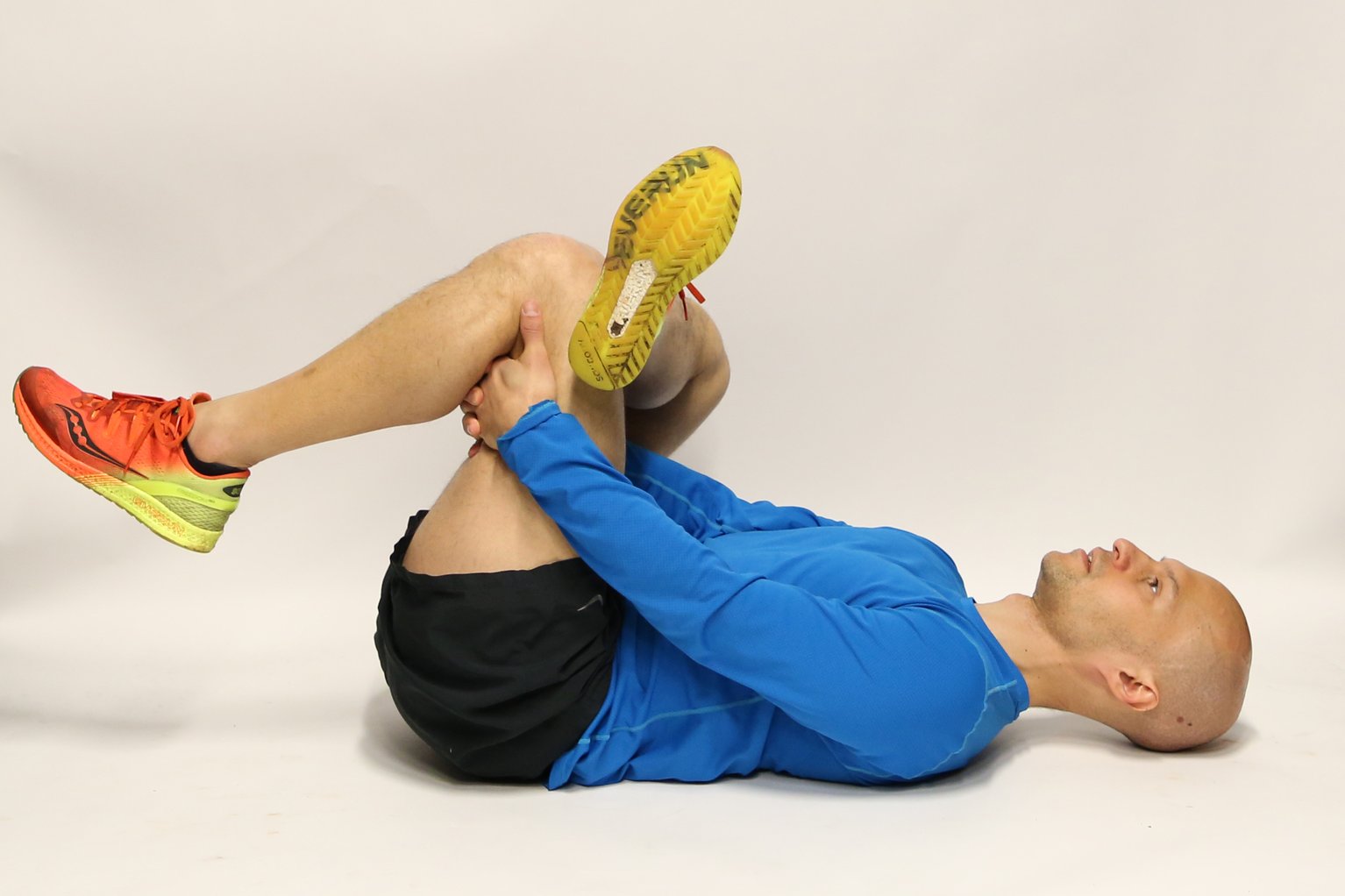
Image courtesy of NHS.
Feeling fit in your 50's:
- Always warm up: Warming up before a workout increases circulation, raises heart rate and body temperature, prepares muscles for exercise and increases joint range of motion. Warm-ups are particularly beneficial after 50 to mediate some of the changes that occur with aging, mainly decreased tendon elasticity.
- Stretch after every workout: Stretching is no longer an option after 50. Staying flexible becomes more important as you age.
- Focus on resistance training: In addition to the link between muscle mass and metabolism — muscle burns more calories at rest than fat — increasing muscle and bone strength also prevents falls and fractures.
- Interval training to increase fat burn. Going for an easy stroll with a friend may be a good way to get fresh air, but it won't do much for calorie burning. Continue cardio for its heart health benefits, but focus on intervals since interval training for 30 minutes versus moderate, continuous exercise decreases belly fat.
- Take more rest: Taking a day off in between workouts gives muscles time to recover, but you may need more recovery time after age 50. Tissue recovery takes more time and more effort to support that recovery, depending on your fitness levels. If you find soreness isn't going away and is impacting your next workout this may indicate early signs of injury or not enough recovery time.
More information is available at: Next Avenue.
All the information contained here is for guidance purposes only. If you are unsure about personal health, nutrition or exercise, please seek medical advice.








